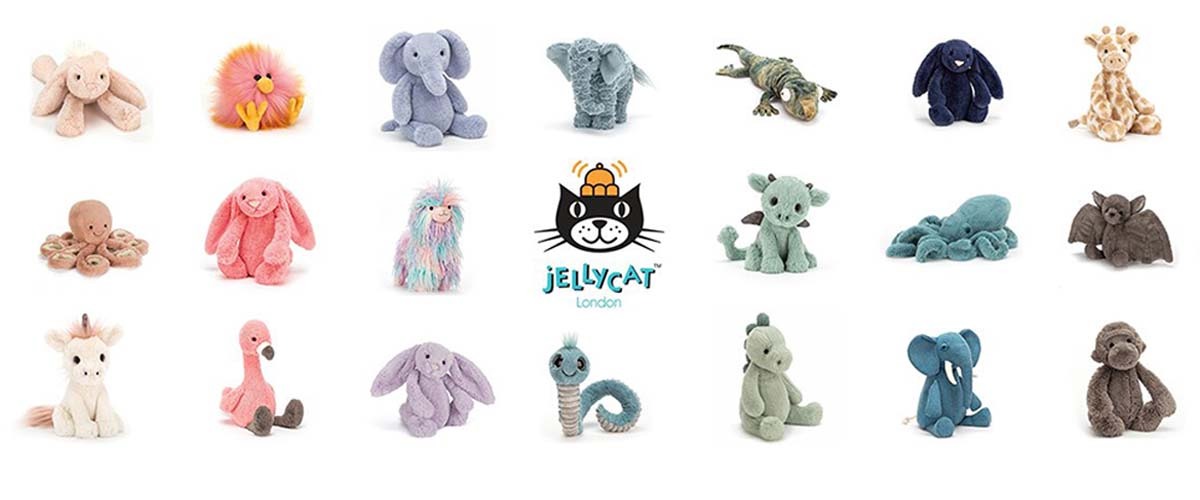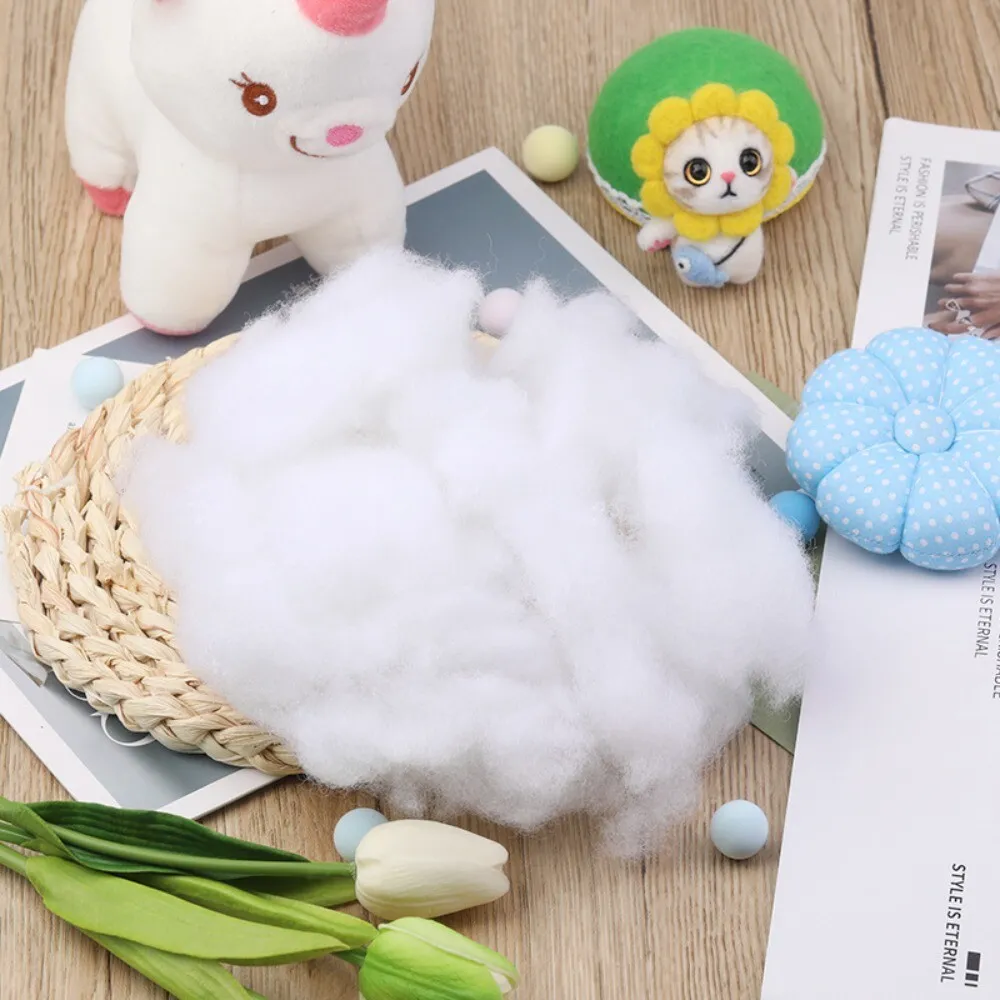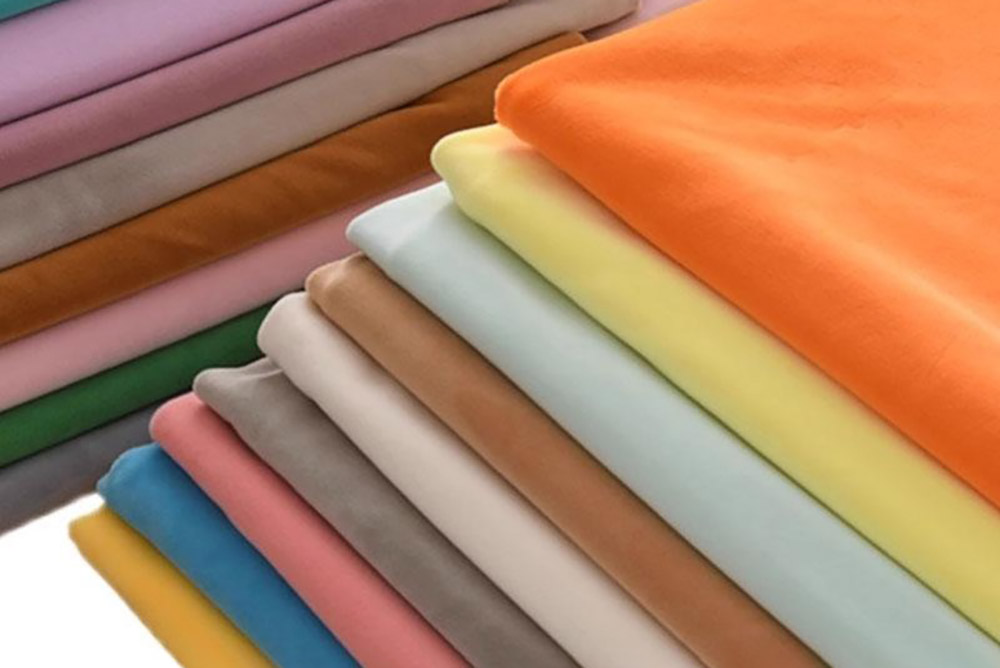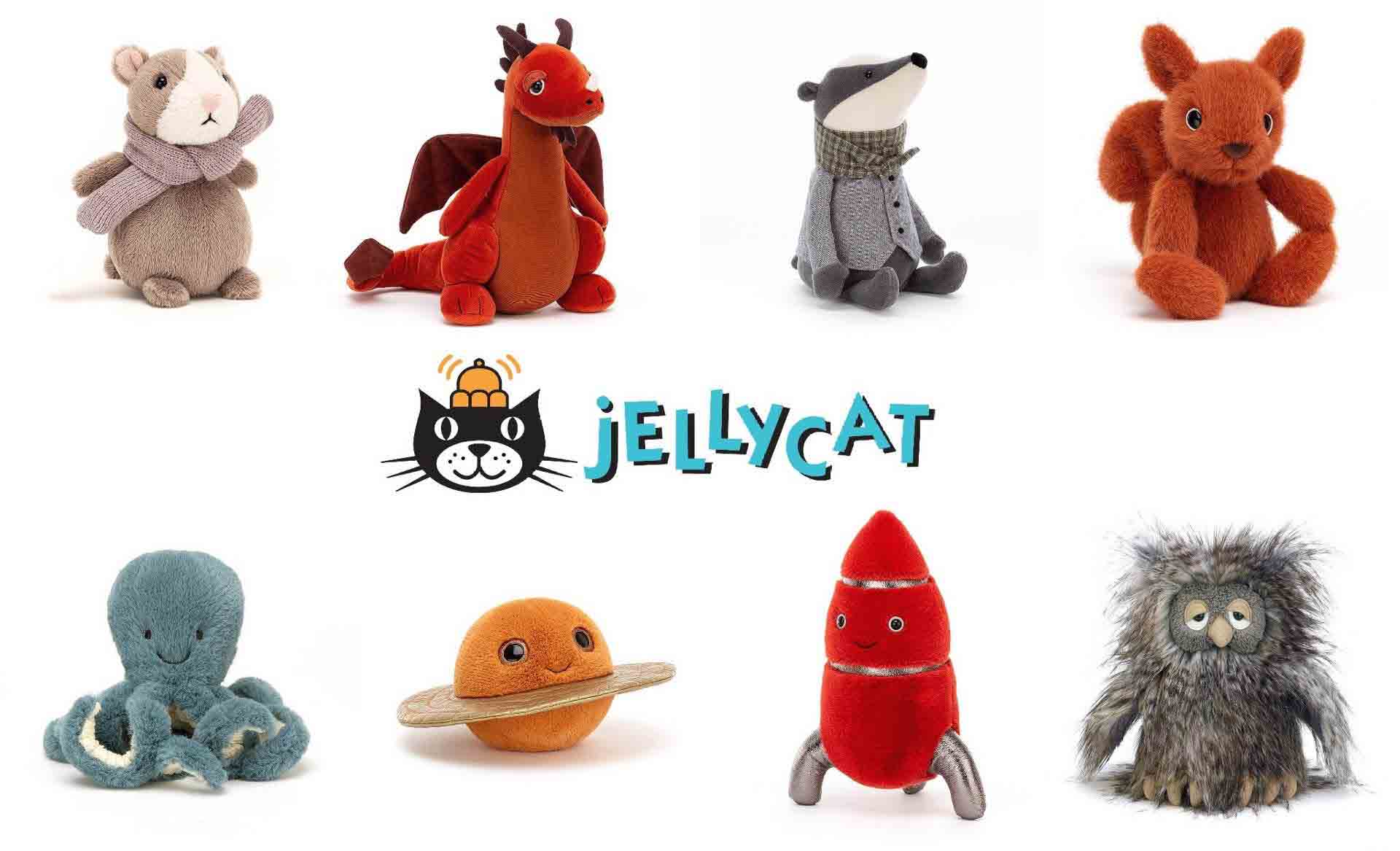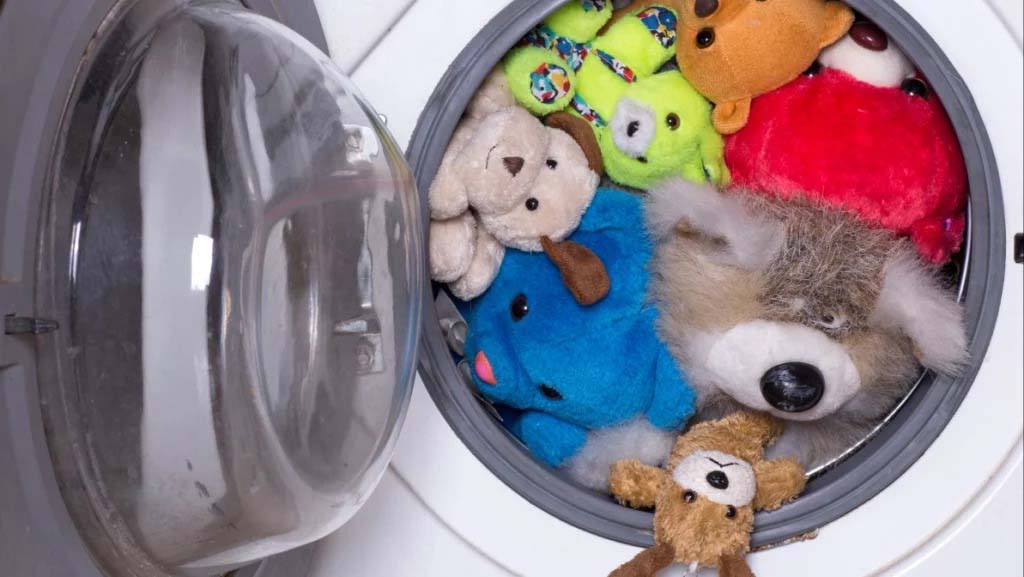Choosing the right plush toy manufacturer determines product quality, compliance, and long-term business success. Leading factories combine design, materials, technology, and sustainability.
The best plush toy manufacturers excel in design and R&D, material sourcing, production efficiency, safety compliance, OEM & ODM services, and innovation in sustainability. Buyers benefit from consistent quality, faster lead times, and products that align with market trends.
Let’s explore the core capabilities that define industry-leading plush toy manufacturers.
1. What Design and R&D Capabilities Distinguish Leading Plush Toy Manufacturers?

Strong design and R&D are the foundation of successful plush toy projects.
Top manufacturers offer in-house design teams, CAD pattern-making, and 3D visualization. They help brands transform ideas into production-ready prototypes that balance creativity with manufacturing feasibility.
Great manufacturers know that design is more than drawing—it’s about making sure toys can be produced at scale without losing charm or safety. Buyers often start with a sketch, but translating it into patterns and prototypes is the true test of expertise. R&D teams use CAD to standardize measurements, while 3D modeling helps visualize the toy before fabric is cut. This reduces errors and prevents costly redesigns once the sample stage begins.
Another key capability is sample iteration. Many buyers request changes after the first sample—adjusting head-to-body ratio, refining facial embroidery, or improving softness. A responsive factory can provide multiple prototypes within short timelines. This flexibility avoids delays and ensures buyers can present accurate samples to retailers or licensors on time.
R&D also plays a vital role in licensed projects. Factories must follow strict brand guidelines for character toys, often under NDAs. Every detail—color codes, stitching style, packaging—must meet brand standards. Only manufacturers with experienced R&D can pass these audits smoothly.
| Capability | Benefit |
| CAD Pattern-making | Precision and consistency |
| 3D Visualization | Faster client approvals |
| Sample Iterations | Reduces production risks |
| Brand Compliance | Supports licensed IP projects |
For buyers, strong R&D saves time, reduces risk, and provides peace of mind. It ensures your idea becomes a high-quality, market-ready plush toy without unnecessary delays.
2. How Do Top Manufacturers Source and Utilize High-Quality Materials?

Material quality directly impacts toy safety, softness, and durability.
Leading manufacturers source certified fabrics such as velboa, minky, faux fur, organic cotton, and RPET. They also select fillings like polyester fiber, memory foam, or eco-friendly options that meet international standards.
The best factories never treat materials as an afterthought. They build long-term partnerships with suppliers to ensure fabrics are consistent in color, texture, and durability. Each batch is tested for compliance, including flammability checks, colorfastness tests, and mechanical stress resistance. This step guarantees that the material not only looks right but also passes safety requirements in export markets.
Different regions also have different consumer expectations. Buyers in North America often want ultra-soft fabrics like minky plush for baby toys, while Japanese buyers prefer firmer stuffing and fabrics that hold shape well. European buyers are increasingly focused on organic and recycled textiles. Leading factories can adapt to each market by sourcing fabrics that match consumer demand.
Filling materials are just as important. Polyester fiber is the most common, but some buyers request eco-fibers or weighted beads for premium toys. Good manufacturers maintain a stock of diverse fillings to meet these varying needs.
| Material Type | Key Benefit | Common Application |
| Velboa | Durable and cost-effective | Mass-market plush toys |
| Minky Plush | Extremely soft | Baby toys, premium plush |
| Faux Fur | Realistic textures | Animal plush, collectibles |
| Organic Cotton | Chemical-free, safe for babies | Eco-friendly baby toys |
| RPET Fabric | Sustainable and certified | Green product collections |
For buyers, reliable sourcing means fewer risks of recalls or complaints. It also ensures your toys meet both consumer expectations and international regulations, protecting your brand in global markets.
3. What Production Technologies and Techniques Ensure Efficiency and Precision?

Modern plush toy factories use advanced production technologies to maintain quality and speed.
Key technologies include automated fabric cutting, computerized embroidery, pneumatic stuffing machines, and precision sewing techniques. These systems increase efficiency, reduce waste, and maintain consistency across thousands of units.
Factories that invest in advanced equipment can handle both large and small orders with equal precision. Automated cutters ensure fabric pieces are identical, which minimizes defects. Computerized embroidery machines allow exact reproduction of logos, facial expressions, and branding elements across thousands of toys. This consistency is critical for retailers and licensors who demand uniformity.
Sewing techniques also define durability. Lockstitch and double-stitching strengthen high-stress areas like arms and legs. Overlock stitching prevents fraying at the edges. Combining machines with skilled hand-finishing ensures both efficiency and craftsmanship.
Stuffing is another area where technology matters. Pneumatic stuffing machines guarantee even filling, while hand-stuffing is used for delicate areas like ears or tails. This combination balances speed and attention to detail.
| Technology | Function | Benefit |
| Automated Cutting | Precision cutting of fabrics | Reduces waste, improves speed |
| Computerized Embroidery | Detailed logos and facial features | Ensures brand accuracy |
| Pneumatic Stuffing | Fast, even filling | Consistent softness |
| QC Integration | Checks at every stage | Fewer defects |
For buyers, advanced production technology means fewer delays, fewer defective units, and higher overall efficiency. This ensures faster lead times and better ROI, especially in seasonal or high-volume orders.
4. How Do Manufacturers Integrate Safety Standards and Compliance into Operations?

Safety compliance is non-negotiable in plush toy production.
The best manufacturers integrate safety at every stage, from design to packaging. They follow international standards such as CE, ASTM F963, CPSIA, and EN71, supported by third-party lab testing.
Compliance starts with materials—fabrics and fillings are tested for harmful substances, flammability, and durability. During production, toys undergo mechanical tests: pull testing ensures eyes and noses cannot detach, while drop tests check durability under rough handling. Washing and colorfastness tests confirm that fabrics will not bleed or shrink.
Needle detection machines are used on every toy to prevent broken needles from remaining inside. This is one of the strictest safety checks required by major markets like the USA and Europe. Final inspections confirm dimensions, softness, and finishing before packaging.
Manufacturers also prepare compliance documentation, including test reports and certification files. These documents are critical for customs clearance and retail acceptance in strict markets.
| Certification | Market | Key Focus |
| CE / EN71 | Europe | Mechanical, flammability, safety |
| ASTM F963 | USA | Physical strength, labeling |
| CPSIA | USA | Lead, phthalates, labeling |
| ISO/SGS | Global | Independent verification |
For buyers, choosing compliant factories avoids risks of recalls, fines, or brand damage. It ensures toys reach shelves smoothly and maintain consumer trust.
5. What OEM & ODM Services Do the Best Plush Toy Manufacturers Provide?

OEM and ODM services give buyers flexibility to meet different market needs.
Top manufacturers provide OEM (Original Equipment Manufacturing) for custom production and ODM (Original Design Manufacturing) for ready-made collections. This dual capability supports both unique branding and faster market entry.
OEM allows buyers to bring their own designs and have them manufactured under their brand. Factories refine the design, create samples, and scale production. This is ideal for established brands that want exclusivity. ODM, on the other hand, offers pre-designed collections from the factory that buyers can rebrand. This is useful for smaller businesses or those testing new markets without investing heavily in design.
Both services include packaging customization, embroidery, hang tags, and labels. Some factories even help design packaging to align with retailer requirements. Minimum order quantities (MOQs) are flexible—large brands can place big orders, while start-ups can test markets with smaller runs.
| Service Type | Buyer Advantage |
| OEM | Full customization, brand ownership |
| ODM | Faster launches, reduced costs |
| Packaging | Branding and market differentiation |
| Small MOQ | Market testing for new buyers |
For buyers, OEM & ODM services are not just about manufacturing—they provide complete solutions. This flexibility allows businesses of different sizes to find an approach that fits their goals, budgets, and timelines.
6. How Do Innovation and Sustainability Shape the Competitiveness of Plush Toy Manufacturers?

Innovation and sustainability are shaping the future of plush toy manufacturing.
The best factories invest in sustainable fabrics like organic cotton and RPET, while adopting eco-friendly packaging. They also innovate with interactive plush toys, smart features, and creative design collaborations.
Sustainability is no longer optional—it’s becoming a global expectation. Buyers from Europe and North America now ask about eco-certifications like GOTS or GRS before placing orders. Manufacturers that can offer recycled fabrics, biodegradable stuffing, and FSC-certified packaging give their clients a competitive advantage. These practices also align with corporate social responsibility goals.
Innovation goes beyond sustainability. Some leading factories integrate electronic components such as sound chips, sensors, or Bluetooth modules to create interactive toys. Others explore co-branding opportunities with fashion designers or entertainment companies to expand into lifestyle segments.
| Innovation Area | Example Application | Benefit for Buyers |
| Eco Fabrics | RPET, organic cotton | Stronger brand positioning |
| Eco Packaging | FSC-certified boxes, biodegradable | Eco-friendly branding |
| Interactive Features | Sound chips, sensors | Higher retail value |
| Design Collabs | Seasonal or licensed themes | Market differentiation |
For buyers, partnering with innovative and sustainable manufacturers ensures long-term growth. It allows them to enter premium segments, win eco-conscious consumers, and stand out in competitive markets.
The best plush toy manufacturers excel in design, materials, production, safety, OEM & ODM, and sustainability.
Contact Kinwin at [[email protected]] or visit https://kinwintoys.com/ to develop custom plush toys with certified quality and global competitiveness.


